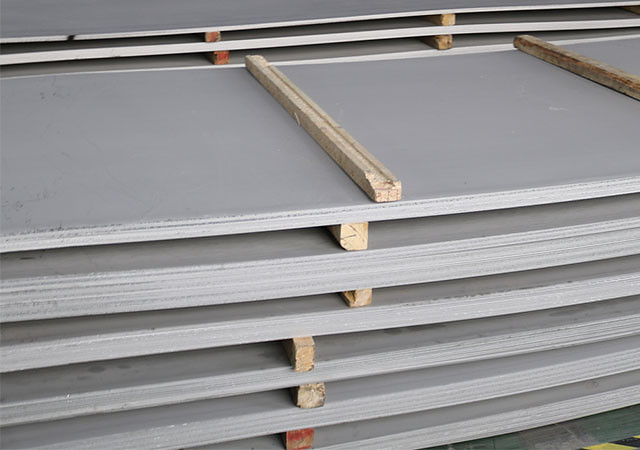High Strength Carbon Steel Plate
Manufacturing Proc Carbon Steel Plate ess:
The manufacturing process of high strength carbon steel plate involves several steps. Firstly, raw materials such as iron ore, coal, and limestone are extracted. These materials are then processed in a blast furnace to produce molten iron. The molten iron is then converted into steel through a refining process that removes impurities and adjusts the carbon content to achi High-tensile carbon steel plate eve the desired strength.
Characteristics:
High strength carbon steel plates exhibit excellent mechanical properties due to their high carbon content. They are known for their exceptional tensile strength, toughness, rigidity, and durability. The robust nature of these plates allows them to withstand heavy loads and extreme co High Strength Carbon Steel Plate nditions without deformations or structural failures.
Advantages:
There are numerous advantages associated with using high strength carbon steel plates. Firstly, they provide superior resistance against wear and tear in various indust

rial applications such as construction, mining equipment, and trans Robust carbon steel plate portation vehicles. Additionally, these plates offer excellent corrosion resistance properties even in harsh environments. Moreover, they can be easily welded and machined according to specific requirements.
Usage Method:
To ensure proper usage of high-strength carbon steel plates, it is essential to follow certain guidelines. Prioritize utilizing suitable welding techniques appropriate for this material grade while joining multiple pieces together for structural integrity purposes. Regular inspection should also be High Strength Carbon Steel Plate conducted to identify any signs of corrosion or damage that might compromise its performance.
How to Choose This Pro

duct:
When selecting high-strength carbon steel plate products for your application needs there are several factors you need consider:
1) Determine the required thickness: Assess the load-bearing capacity needed for your project High Strength Carbon Steel Plate requirements carefully.
2) Evaluate hardness: Identify whether you need moderate or higher hardness level based on application specifics.
3) Analyze elongation rate: Consider how much elongation Toughened carbon steel plate will be necessary given operating conditions; this factor directly affects overall product performance
4) Look at yield point density: Higher yield points relate directly back to the load capacity of your steel plate; select a product to optimize for those needs.
5) Consider surface requi

rements: Reflect upon whether or not you’ll require any significant degree of refinement on the finished material.
Conclusion:
High strength carbon steel plates are a reliable and versatile choice for various industrial applications. Their robustness, high-tensile strength, toughness, and corrosion resistance make them ideal for use in demanding enviro High Strength Carbon Steel Plate nments. By following proper manufacturing methods, utilizing suitable usage techniques, and selecting the right product based on specific requirements, one can leverage the advantages offered by these plates effectively and efficiently.
In conclusion, High Strength Carbon Steel Plate is an essential component in many industries due to its outstanding characteristics and multiple advantage Carbon Steel Plate s.
